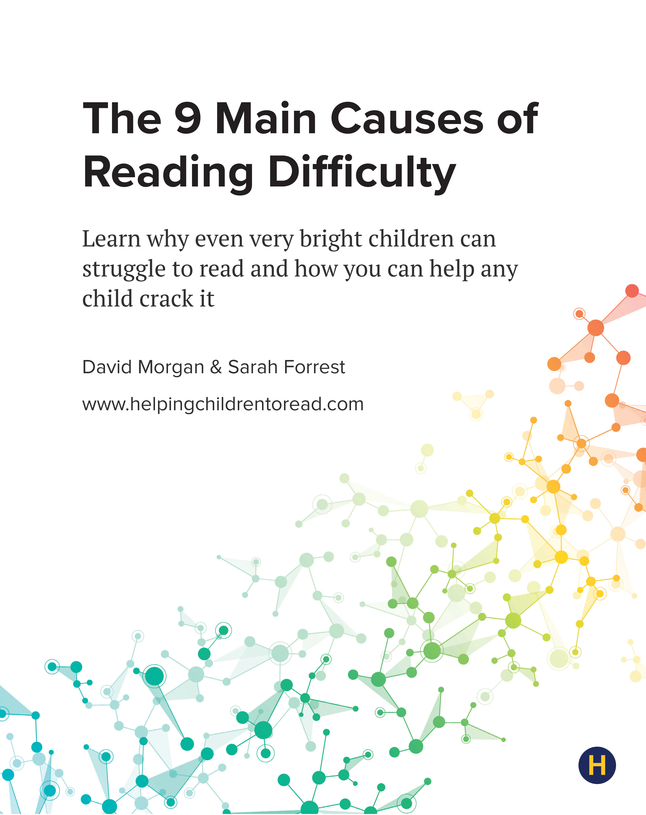Causes of Reading Difficulty
OptilexiaWhole-word sight-reading is the most common cause of reading and spelling weakness
These children are choosing to read whole words by sight memory, rather than using phonics, because it felt easier for them at first, especially in those repetitive early-reader books with very few words. So at first they can seem to progress well. But as the number of words in the books increases, this approach just gets harder and harder to use. The guessing gets out of control.
We see this pattern so often that we have coined the term ‘optilexic’ to refer to children reading by sight memory of whole words:
What to look for
The real hallmark of optilexia is a child guessing with short common words while getting some long words right with seeming ease. They read ‘for’ instead of ‘from’ but then get “elephant” right on first try. That’s because longer words have more context clues and are visually more distinctive.
You will also see letter and word reversals in writing. That’s because if you look at a picture of a cow, you can flip it any which way and it is still a cow. But flipping “on” and “no” gets you into trouble pretty fast. These optilexic guessers tend to fall behind around age 7 or 8 when text difficulty and word volume increases.
Their spelling is always atrocious too, even though they can sometimes do well in a weekly spelling test. They are memorizing the list of words visually for the test and they will struggle with those same words a week or two later. It is like trying to push water up a hill.
This is contentious!
You will not have to go far before you find an educator who says this is complete rubbish (often with quite a bit of passion!). The reason is that learning to read whole words by sight is a major school of literacy instruction. Amazing, but true.
But if you talk to someone who believes in this approach and say “should a child at nine years old be able to read most common words without errors?” their response will be that “we all tend to guess some words when reading”. They think that is just part of reading.
Well no! You should be able to read every word accurately, unless you are skimming.
And the proof of the pudding is that when we switch a child from whole word reading to accurately decoding letter patterns to sounds, their reading and spelling accuracy and their confidence shoot up. That happens every time.
The trick is in how you make that happen.
How to fix optilexic patterns
To stop the guessing, you have to provide an engaging way to get the learner sounding out words instead. That routes the reading through the correct visual-to-auditory pathways, instead of a reliance on the visual memory.
Trainertext was designed to do exactly that — and it is the only system of its kind that can do it every time, to our knowledge. Most literacy specialists will just push more and more conventional phonics at a child. But if that has not worked the first time it often keeps failing.
With trainertext the entertaining visual characters (pictophones) represent each sound in English and help the child to identify the correct decode quickly and easily. They can then blend those sounds together to form the right word. By doing a short session each day, they are usually reading accurately and confidently in 60-90 days.
Our Easyread System sets this decoding reset in a fun, online environment that combines games with daily reading in the Easyread library zone. Structured lessons walk children through the basics of decoding and blending and then move on to fluency, spelling, and comprehension. Detailed progress monitoring all the way through makes sure that every child achieves the aim. We currently only have 1 to 2 child per year struggling to show significant improvement and with a bit of more intensive support from us, they then usually get back on track too.
As children practice the new decoding approach daily, it becomes natural. Like learning to ride a bike, it does take some time and repeated practice. But within 2-3 months of 15-minute daily lessons, the brain relearns to read in the correct way and we see big changes in reading ability and then spelling too.
Interested in learning more? We literally wrote the book on it! Our Amazon bestseller on The 9 Main Causes of Reading Difficulty pulls back the neurological curtain on why YOUR child is struggling, and how to fix it.

